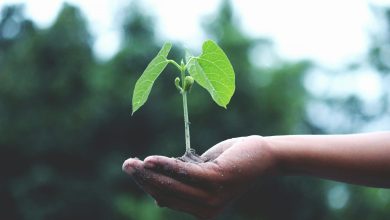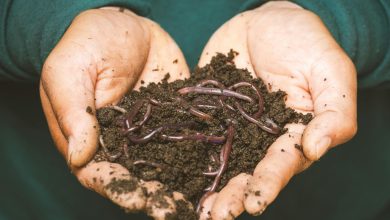From Bud to Bloom: The Vital Role of Flowers

Flowers are one of the most captivating aspects of the plant kingdom, serving as the reproductive structures for flowering plants (angiosperms).
They come in various shapes, sizes, colors, and fragrances, each adapted to attract specific pollinators and facilitate reproduction.
Did you know?
Most vegetables and fruits also start as flowers and then grow into fruits or vegetables after pollination.
Anatomy of a Flower
A flower consists of several key parts like:
Functions of Flowers
Flowers play a vital role in sexual reproduction by facilitating pollination, the process in which pollen from the male anther is transferred to the female stigma.
Their vibrant colors and alluring scents attract various pollinators, such as bees and butterflies, which are crucial for transferring pollen between flowers.
Following successful pollination and fertilization, flowers develop into fruits that contain seeds, ensuring the continuation of plant species.
Ecological and Cultural Importance of Flowers
Flowers are more than just beautiful; they play a critical role in ecosystems and human culture.
In ecosystems, flowers contribute to biodiversity by attracting different species of pollinators, which is essential for maintaining healthy ecosystems.
They also serve as a food source, producing nectar for insects and birds, and developing into fruits that sustain various animals, including humans.
Also, flowering plants contribute to habitat creation, as shrubs and other flowering plants provide shelter for birds, insects, and other organisms.
In human culture, flowers have held profound symbolic significance throughout history.
Different flowers convey various emotions and concepts—roses, for example, often symbolize love, while lilies are associated with purity.
Flowers are also integral to celebrations and rituals, frequently used in weddings, funerals, and religious ceremonies as decorations or offerings.
Furthermore, flowers have been a rich source of inspiration in art and literature, symbolizing beauty, transience, and the complexity of nature.






